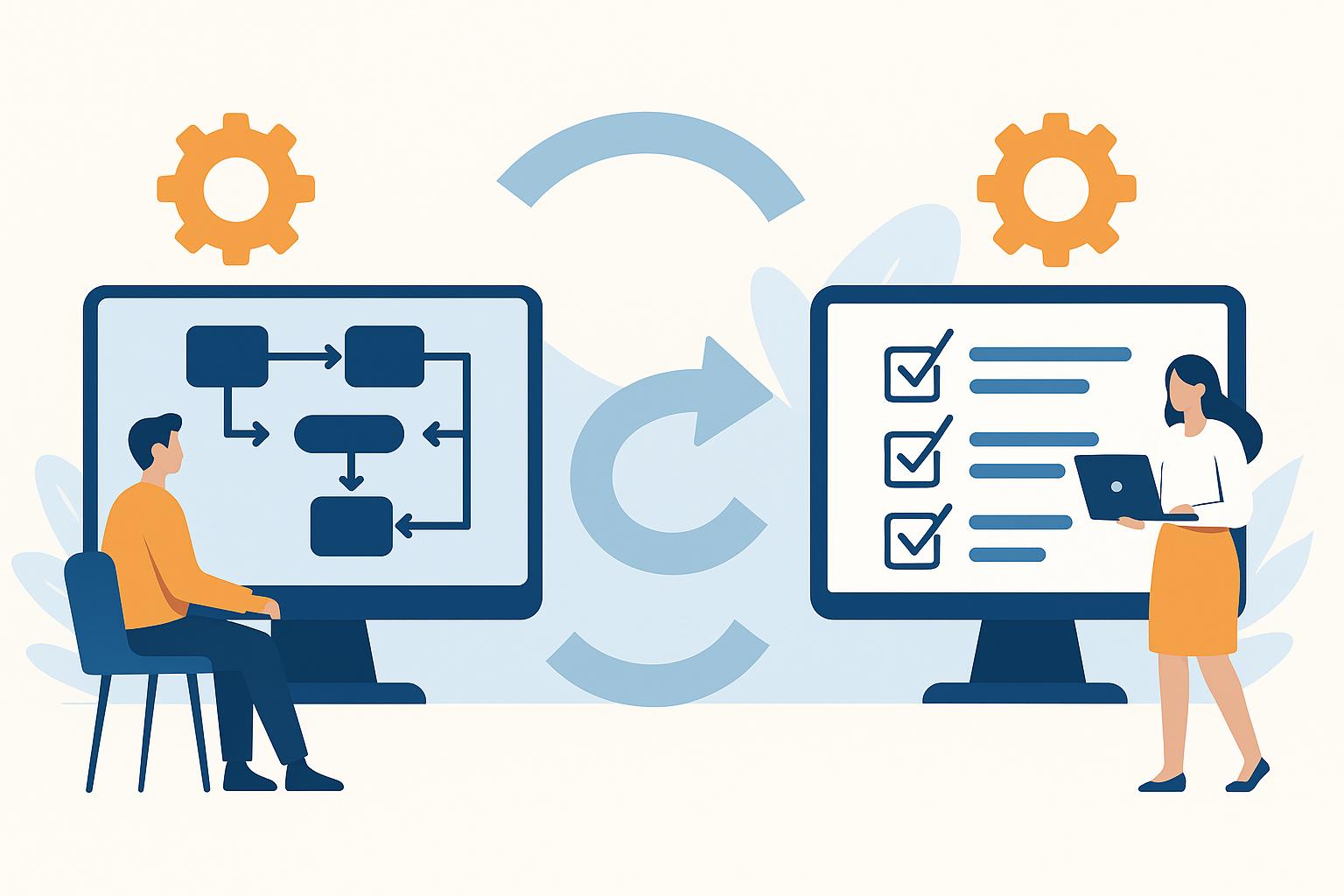Achieving real accountability isn’t just a matter of hiring the right people, it’s about building th...


Achieving real accountability isn’t just a matter of hiring the right people, it’s about building th...

In the fast-evolving world of digital operations, one truth is increasingly evident: one-size-fits-a...

Workflow automation has emerged as a powerful solution for organizations who want to streamline oper...

Transitioning from a legacy workflow system to a modern platform like WKS is a strategic move that c...

In the fast-paced world that companies need to dwell today, the demand for agile, scalable, and effi...

In the financial sector, compliance and data security are non-negotiable. Whether you're processing ...

In the age of distributed workforces, effective collaboration has become one of the most pressing ch...

When evaluating workflow automation platforms, many organizations focus solely on upfront licensing ...

Successfully implementing a workflow automation platform like WKS is more than just flipping a switc...

In a world shaped by digital transformation, organizations across every sector are seeking for tools...